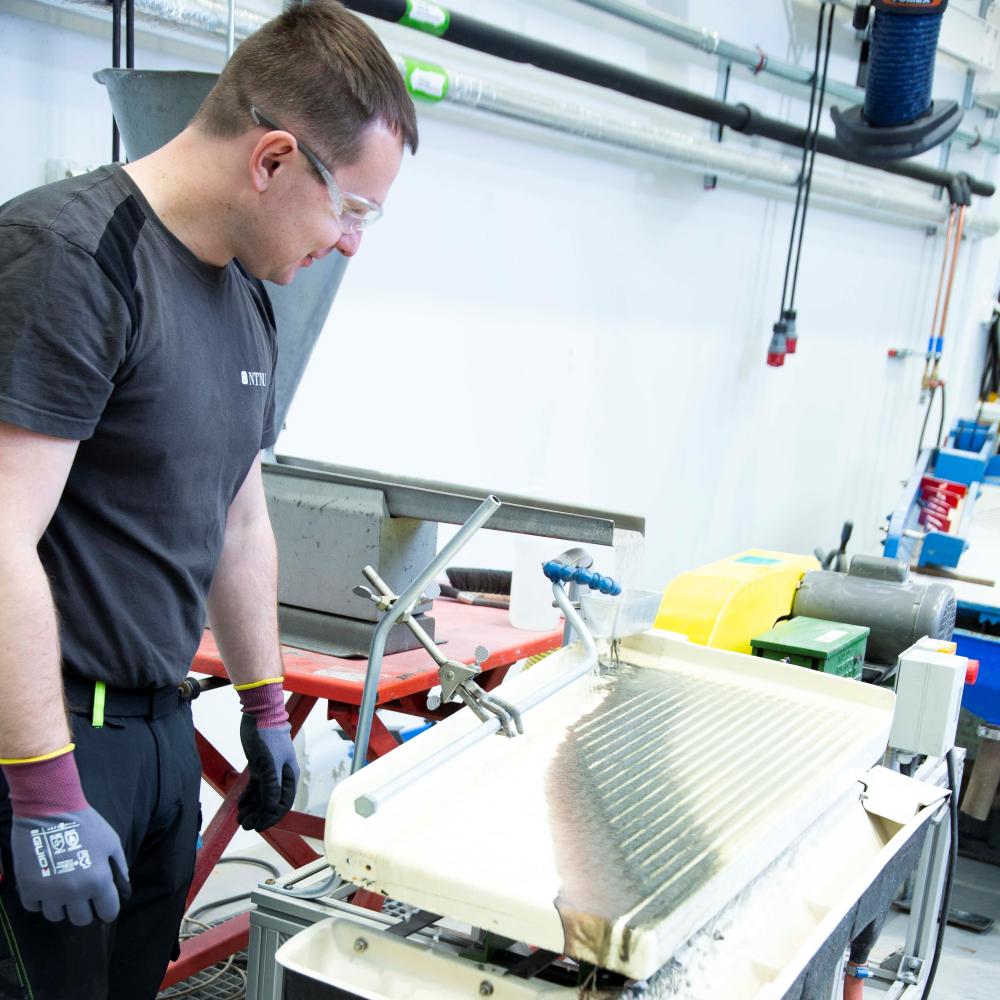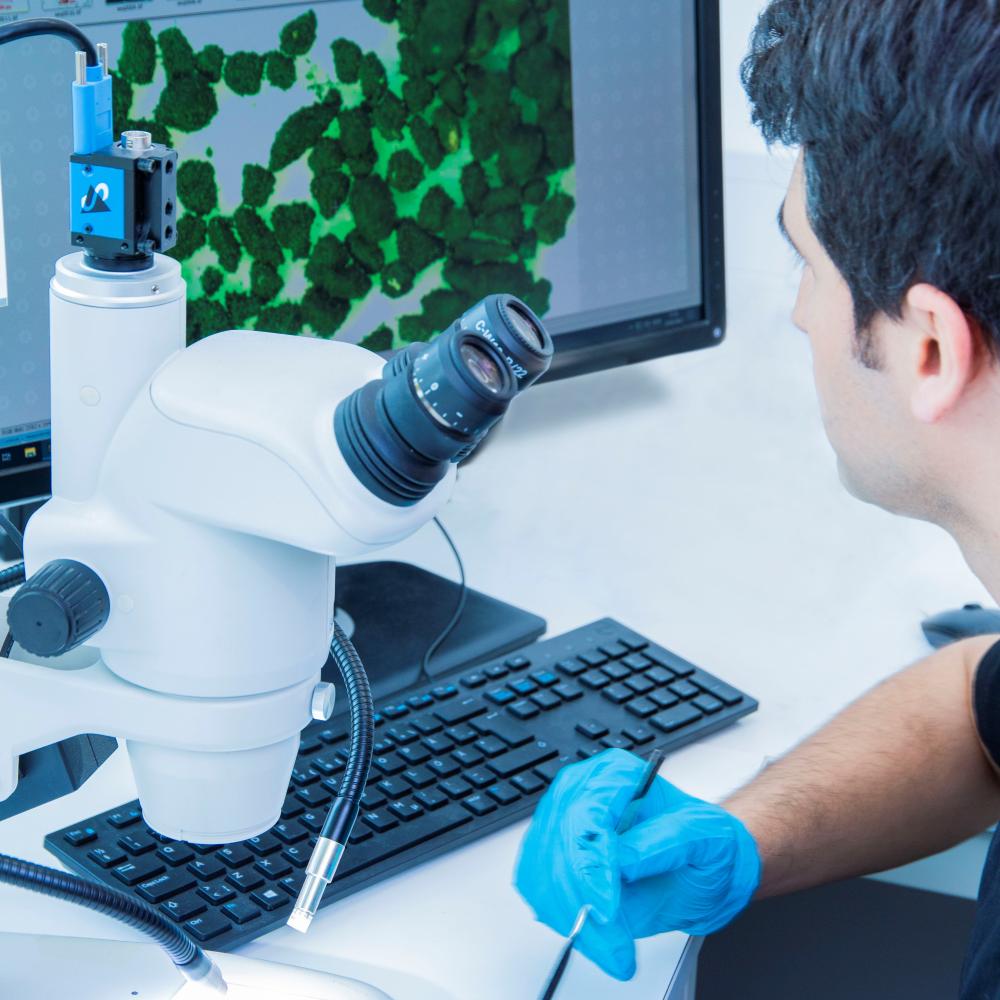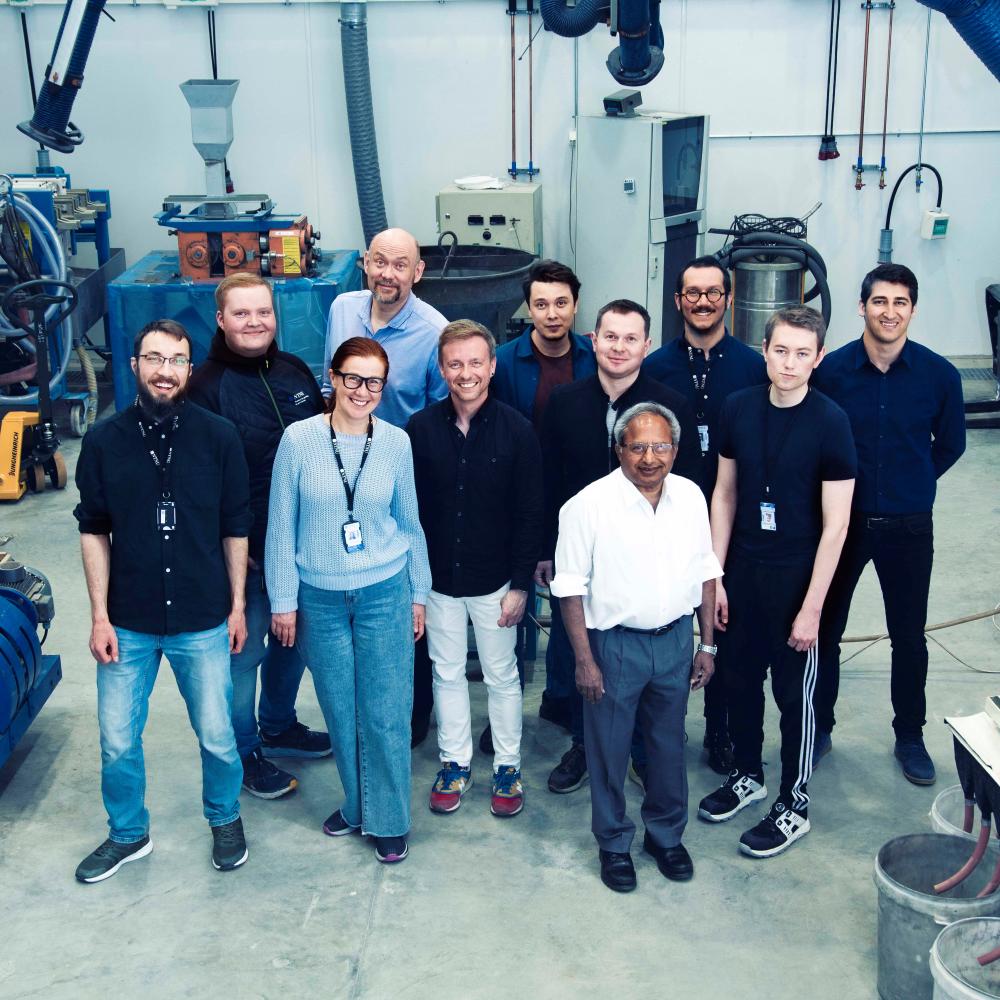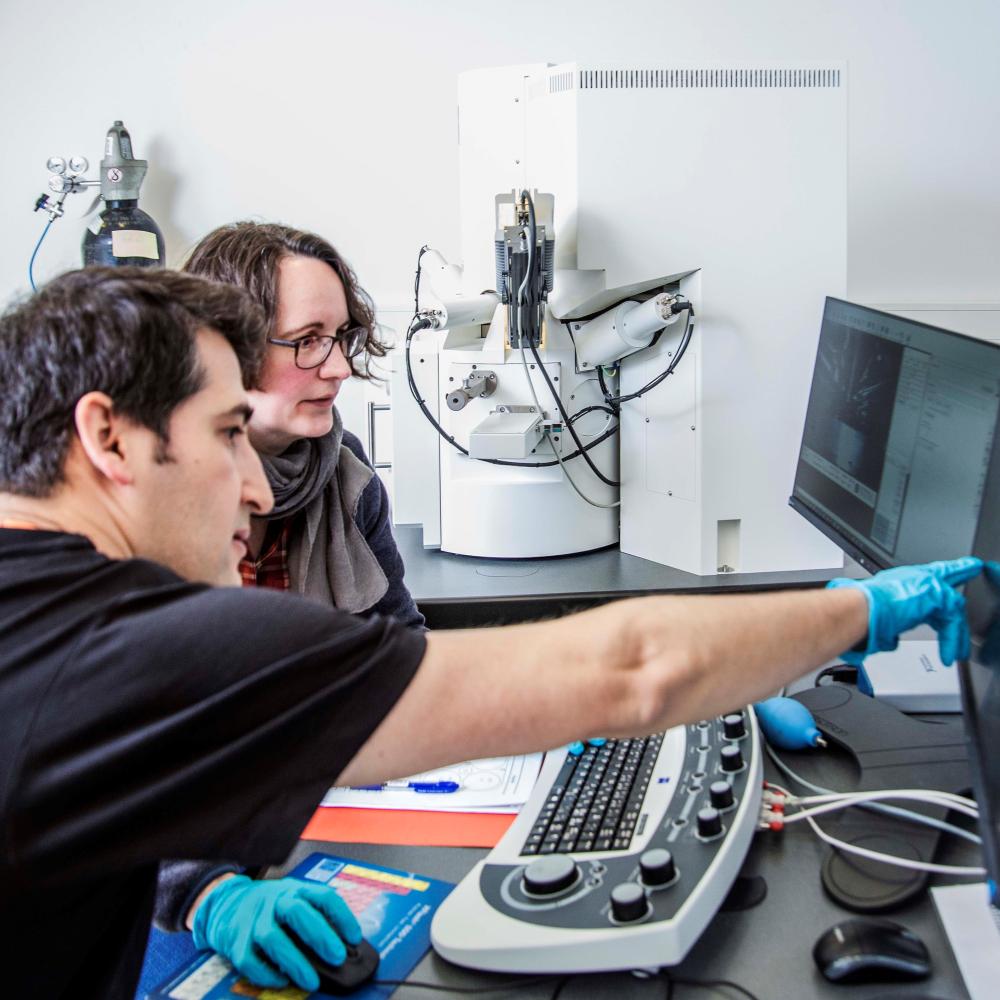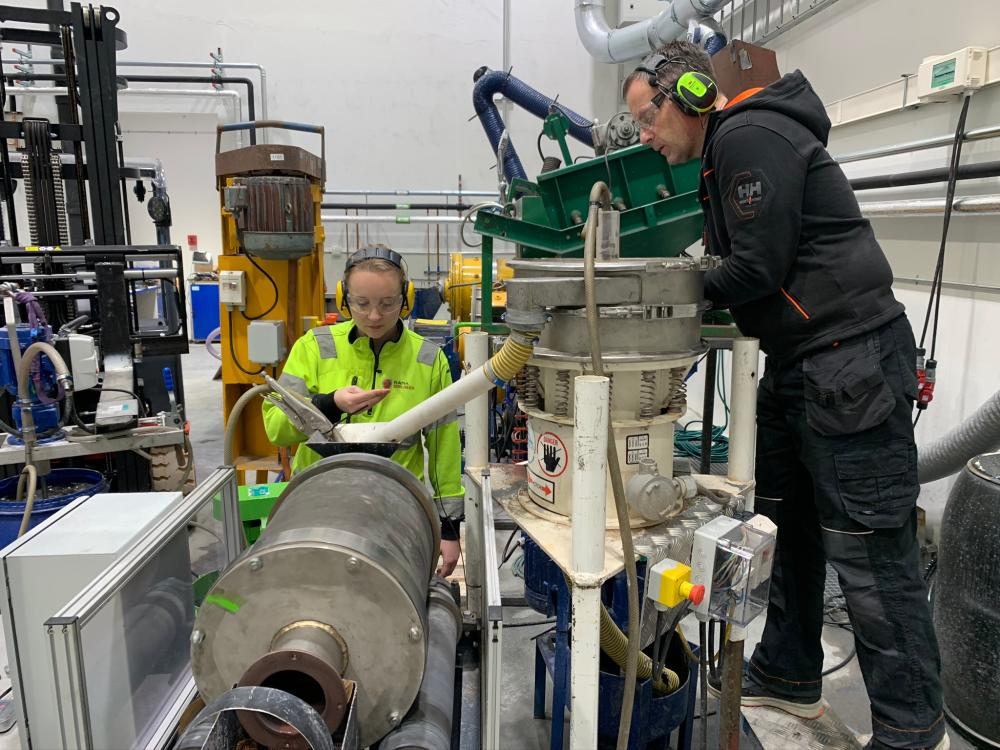Mineral processing Laboratory - IGP
Mineral processing Laboratory
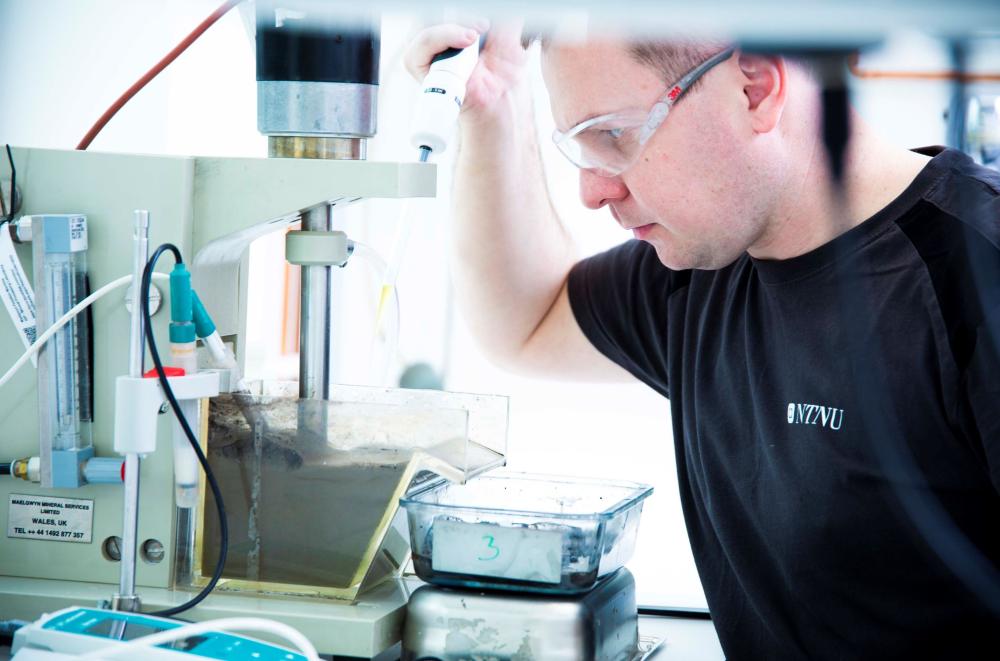
Research and education at the Mineral Processing Laboratory at NTNU provide vital knowledge on sustainable processing of ores and minerals and the recovery of valuable components from industrial waste. The laboratory is unique in Norway and plays a strategically important role in the shift towards a greener and more circular economy.
At the Mineral Processing Laboratory, ores and mineral based raw materials are crushed and ground in order to liberate the individual phases. The resulting particles can then be separated to recover valuable minerals, remove contaminating components or divide the material into different size fractions. The separation is based on differences in the physical and chemical properties of the particles, and could be based on density, magnetism, surface chemistry, particle size, mechanical strength, electrical conductivity or colour/appearance. Typical tasks include the production of mineral concentrates, production of material with defined shape or size distributions and general sample production for external testing and characterization.
The facilities consist of modular comminution and separation units, which allow unit operations to be run either separately or combined in continuous circuits. This includes pilot scale grinding and separation circuits with a typical capacity of 100-200 kg/hour. Most comminution and separation technologies are represented, including compression and impact crushing, HPGR, BM/SAG/AG grinding, jet milling, screening and classification (wet and dry), mechanical and pneumatic froth flotation, magnetic separation (LIMS and WHIMS), gravity separation, filtering, washing and dewatering. The laboratory is also equipped with a SelFrag HV pulse fragmentation unit and a sensor-based sorter.
The laboratory has always worked closely with both industry and external partners and offers flexible solutions for experimental testing, process development and sample production.
Laboratories at IGP
- Chemical/Mineralogical Laboratory
- Petrographic- and Ore Microscopy Laboratory
- Electron microscopy (EM) Laboratory
- Mineral processing Laboratory
- Thin Section Laboratory
- Geological Engineering Laboratory
- Rock Mechanics Laboratory
- Rock Magnetic Laboratory
- Hall laboratory
- Reservoar Laboratory
- Schlumberger geolab
Workshops:

